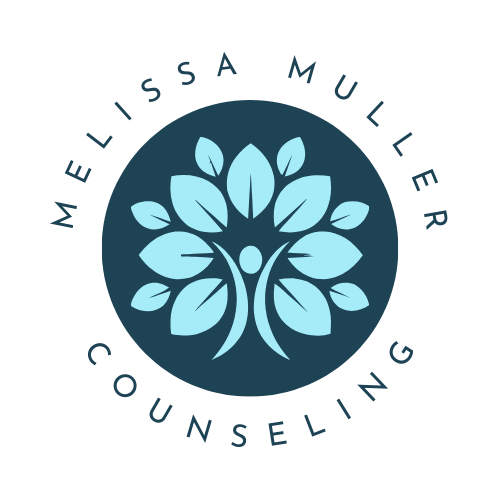Have you ever considered who you trust most in your life? The Circle of Trust exercise is a powerful tool for examining the depth of your relationships and understanding your levels of trust. This exercise, which involves identifying individuals in your inner, middle, and outer circles, can provide valuable insights into your ability to trust and form meaningful connections. Join me as we delve into the concept of trust, explore the Circles of Trust, and learn how this exercise can help cultivate healthier, more fulfilling relationships.
The Circles of Trust Exercise
Who do you trust? Who is closest to you? Who do you keep at an arm’s length? Do you have trust issues from being hurt in the past? Do you trust too easily?
The Circles of Trust exercise is one of my favorites. I like to look at this exercise for myself and I love to use it in my office with clients. You can do it at home too!
The Circles of Trust have three circles, an inner, middle, and outer. If you draw them on paper you can do the exercise. Here is what the circles will look like:

Begin by filling in the inner circle. The most inner circle is for the people you are closest to; the ones you know will always be there for you and the ones you can trust fully. Next, fill in your middle circle. This circle is for those you are close to but are a bit tentative about trusting fully. It would be normal to have a new friend, who you really like, in this circle. These are your close people but not your inner tribe people.
Next, fill in the outer circle with acquaintances. People in your life you like but don’t know well enough to trust. Finally, beyond this circle are the people in your life who you absolutely don’t trust and perhaps, don’t like (we all have those people in our lives).
What did you learn about yourself and/or relationships?
Some people may trust far too easily. These people may have difficulty with boundaries and let people into their inner circle too easily. A person who trusts too easily will end up trusting the wrong people, revealing personal, intimate secrets to someone who shouldn’t have been in their inner circle. When this happens trusting the wrong person may lead to betrayal later leaving the person questioning what happened and why they were feeling so hurt and betrayed. With people who trust too easily we work on developing and keeping healthy boundaries with others and learning who fits into which circle.
By having clients complete this exercise we can then interpret the circles and look for trust issues to work on or can even explain some of the interpersonal difficulties the person may be experiencing. Using exercises such as this one is informative and interesting. Try completing the Circles for yourself and let me know what you think.
In Kindness,
MM

